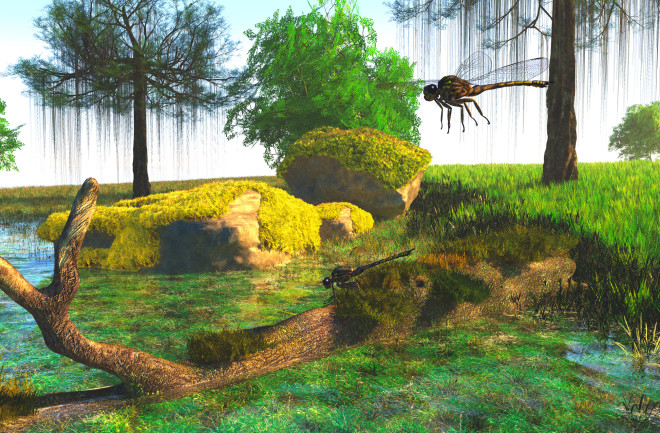One-point-two kilograms per cubic meter. Why is this number significant? It’s the approximate average density, or mass per volume, of the air at sea level.
As you might expect, this mass pales in comparison to that of water, which is roughly 800 times denser than the atmosphere above it. Despite this, air has enough heft to ensure that high-speed hurricane winds can lift whole houses clean off the ground. And when pushed through a jet engine, it can hold a 640-ton airplane aloft — no mean feat for such a lightweight fluid.
Earth’s atmospheric density has fluctuated significantly over the course of its history. In fact, Earth had more in common with Venus, a thick, toxic hothouse world, billions of years ago, according to a study published in Science Advances in 2020. The surface of our blue planet was a molten magma ocean at the time, and its pre-life atmosphere consisted of a pinch of nitrogen and a pouring of heat-trapping carbon dioxide; truly a hell on Earth.
Thankfully, unlike Venus, our planet is farther from the sun. Eventually, the leftover heat from planetary formation was released from the system, and water oceans could develop. Despite our current CO2 emissions, it is unlikely that we’ll ever see a true return to Venusian form. But, still, the question remains: what would happen to life on Earth if the air suddenly got much, much soupier?

